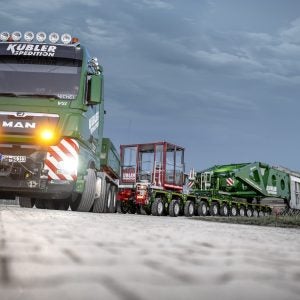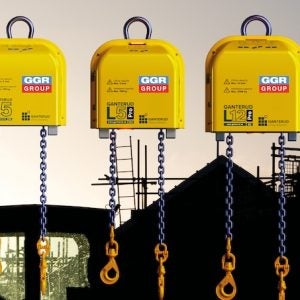Many construction companies continue to overload mobile cranes every four years even though it is no longer required by law. The Construction (Lifting Operations) Regulations 1961 advising the overload tests were replaced by the LOLER in 1998.
Manufacturers don’t normally recommend the practice, members of the UK Safety Assessment Federation (SAFed) don’t recommend it, and some insurers ban it.
Authorities say overload tests don’t reflect the crane’s condition. “A far better indication of the condition of a mobile crane is given by adopting the “defined written scope” approach to thorough examination,” said a CPA spokesperson.
This approach defines general criteria such as components to be inspected and methods of examination.
In addition to general inspection of crane parts, criteria specific to the crane are also inspected.
These are based on the crane manufacturer’s data and repair data. They require inspectors to look into the crane’s history and determine whether past issues would effect an intended future application.
Additional examination criteria could include data logging, oil analysis, annual brake strip downs and bi-annual tire checks.
The CPA proposes that operators refer to its free Best Practice Guide on the Maintenance, Inspection and Thorough Examination of Mobile Cranes detailing the procedure.






